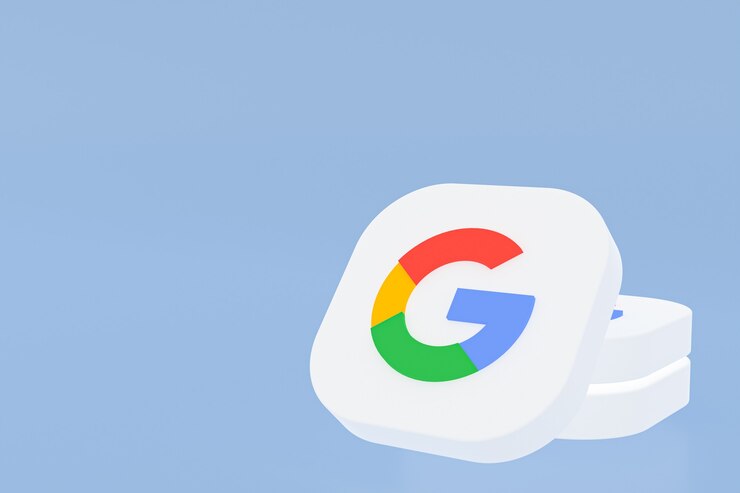Have you ever wondered what would happen if the laws of physics took over the Google search engine? Look no further than Google Gravity, a playful and interactive Easter egg that transforms the familiar search interface into a cosmic playground.
This article delves into the world of Google Gravity, exploring its origins, functionality, and the reasons behind its enduring popularity.
A Playful Twist on Search: The Origins of Google Gravity
In 2009, a web developer named Mr. Doob (also known as Dov Gordon) created Google Gravity as a fun experiment. Utilizing the power of JavaScript and CSS, he transformed the static elements of the Google homepage into interactive objects, simulating the effects of gravity.
While not an official Google product, Google Gravity quickly gained traction, becoming a beloved Easter egg enjoyed by millions worldwide. Unfortunately, changes to Google’s search API in 2014 affected the original version’s functionality. However, dedicated fans, like the team at elgooG, have created alternative versions that keep the spirit of Google Gravity alive.
How to Experience Google Gravity: A User’s Guide
There are two main ways to access Google Gravity:
- Search it directly: Simply type “Google Gravity” into the search bar on the Google homepage. The familiar search elements will detach and cascade down the screen, inviting you to play.
- Visit an alternative version: Websites like elgooG (https://elgoog.im/gravity/) offer their own versions of Google Gravity, ensuring continued enjoyment even with changes to the original.
Once you’ve accessed Google Gravity, the fun begins! Use your mouse to drag and drop the search bar, buttons, and even the Google logo. Watch as they move and bounce around, mimicking the effects of gravity in a virtual space.
Beyond Entertainment: The Allure of Google Gravity
Google Gravity’s appeal goes beyond mere entertainment. Here are some reasons why it continues to captivate users:
- A Touch of Nostalgia: For many, Google Gravity evokes a sense of nostalgia for the early days of the internet, when web experiences were more playful and interactive.
- A Celebration of Creativity: Google Gravity is a testament to the creativity and ingenuity of web developers like Mr. Doob, who push the boundaries of what’s possible online.
- A Stress Reliever: In today’s fast-paced world, Google Gravity offers a simple yet effective way to unwind and de-stress. The act of manipulating the elements in a playful manner can be surprisingly calming and therapeutic.
- An Introduction to Physics: While not a substitute for formal education, Google Gravity can spark an interest in physics, particularly the concept of gravity, for younger users.
Exploring the Depths: Advanced Features of Google Gravity
While seemingly simple, Google Gravity offers some hidden depths for those who want to explore further. Here are some interesting features to discover:
- Clicking on the Search Bar: Clicking on the search bar while it’s detached triggers a real Google search! Experiment with different keywords and see how the search results “fall” into place.
- The “I’m Feeling Lucky” Button: Clicking on the “I’m Feeling Lucky” button while detached sends it on a random trajectory across the screen, adding a layer of unpredictability to the experience.
- Customization: Some alternative versions of Google Gravity allow you to change the background image or even the size of the elements, creating a personalized experience.
A Legacy of Playfulness: The Lasting Impact of Google Gravity
Although not an official Google product, Google Gravity has left a lasting impression on the internet. It serves as a reminder that even the most familiar online experiences can be transformed into something playful and engaging.
So next time you’re looking for a quick break or a way to explore the creative potential of the web, give Google Gravity a try. You might just be surprised by how much fun you can have with the laws of physics (and search engines) turned upside down.

